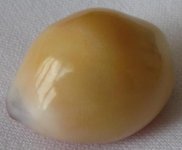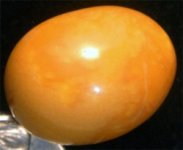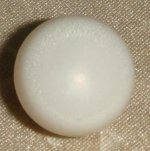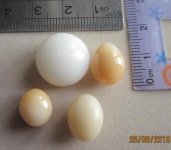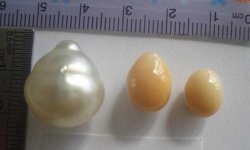Owen Henderson
New Member
Hi Everybody,
Its been a while since I have made a posting. I guess I just did not have anything interesting to report..... Until now anyway. My associate has a recovered a very rare natural Melo-Pearl from an island near Bali!!
These natural pearls are definitely a collectors item as the conditions required to produce a Melo-Pearl happens very rarely in nature and all attempts to culture these pearls have never succeeded.
The size is 23mm and weight is 7.3 grams. See attached picture
My associate is interested to hear from anybody who would like to make an offer.
Its been a while since I have made a posting. I guess I just did not have anything interesting to report..... Until now anyway. My associate has a recovered a very rare natural Melo-Pearl from an island near Bali!!
These natural pearls are definitely a collectors item as the conditions required to produce a Melo-Pearl happens very rarely in nature and all attempts to culture these pearls have never succeeded.
The size is 23mm and weight is 7.3 grams. See attached picture
My associate is interested to hear from anybody who would like to make an offer.

